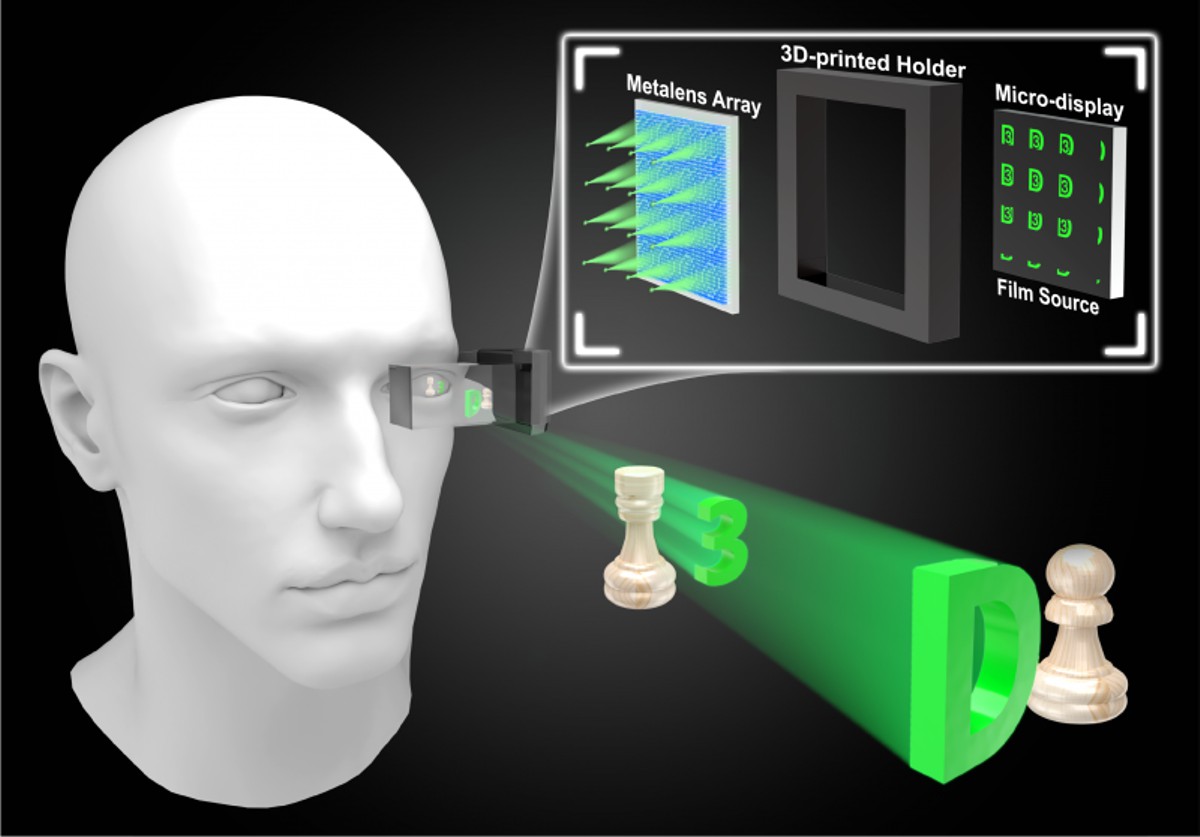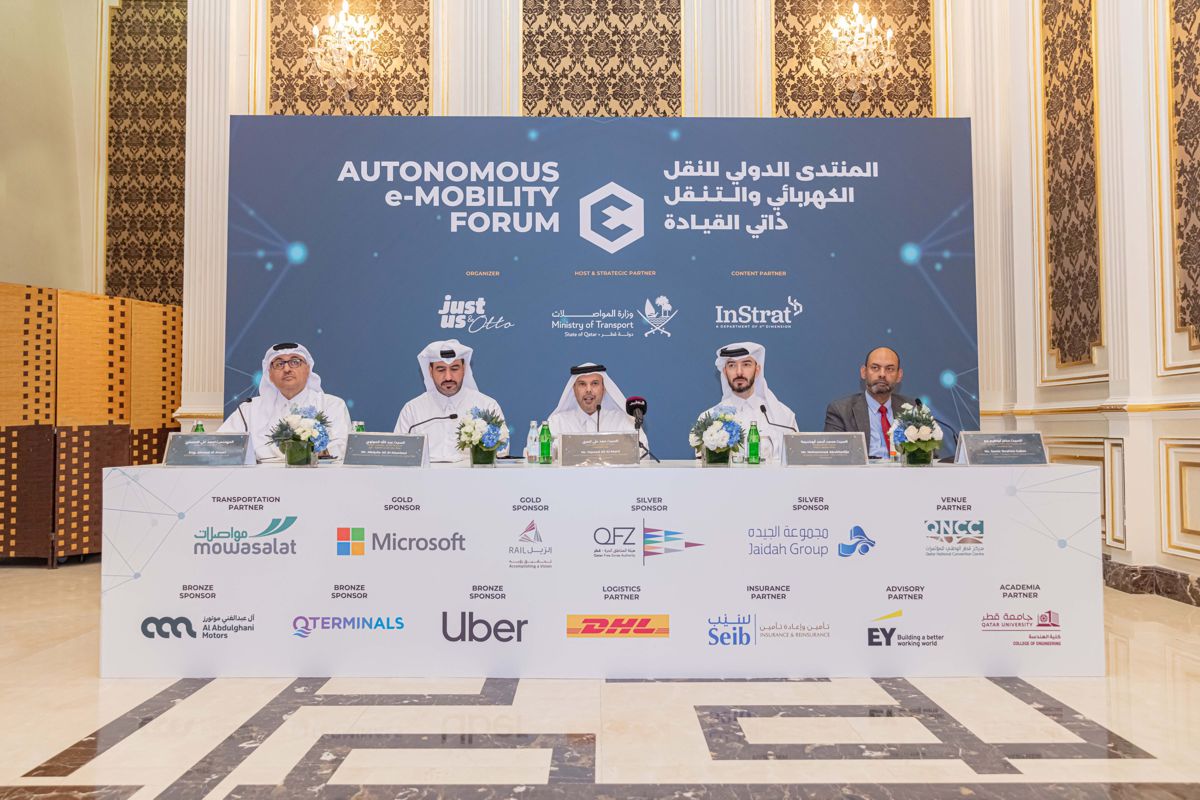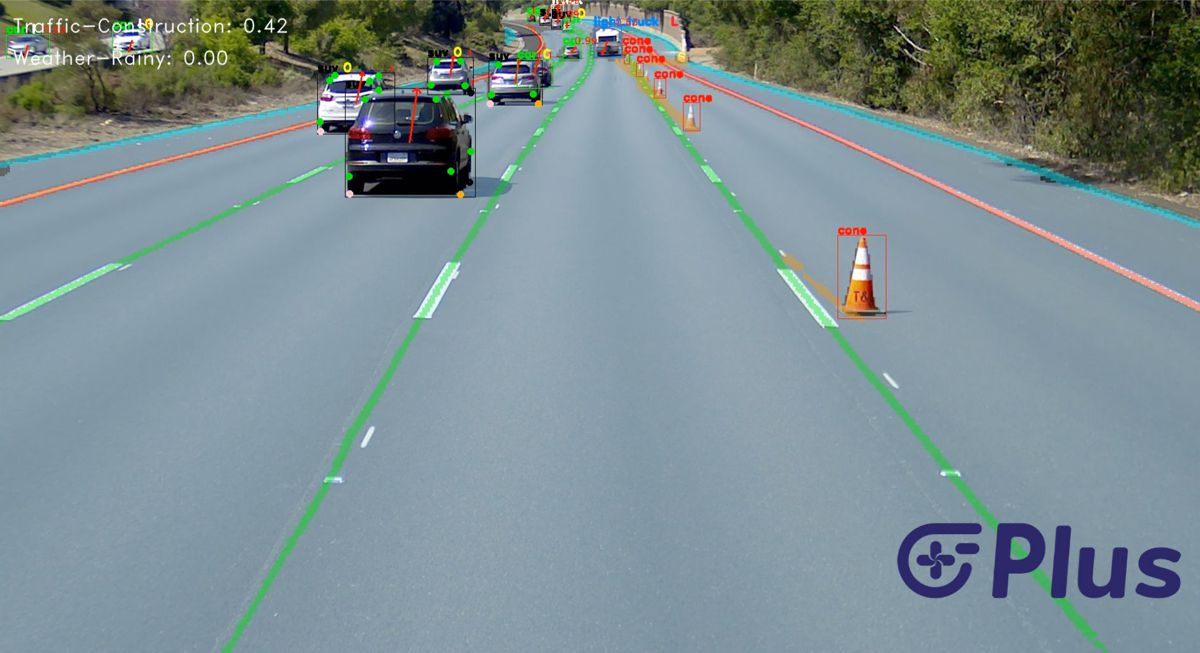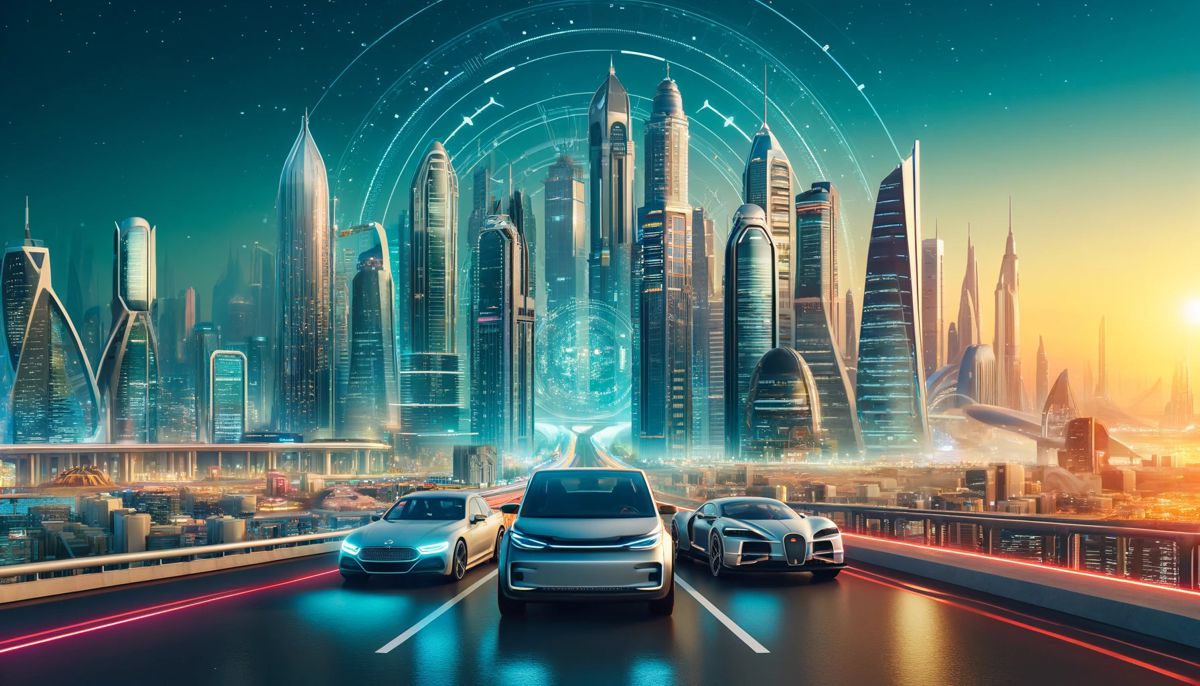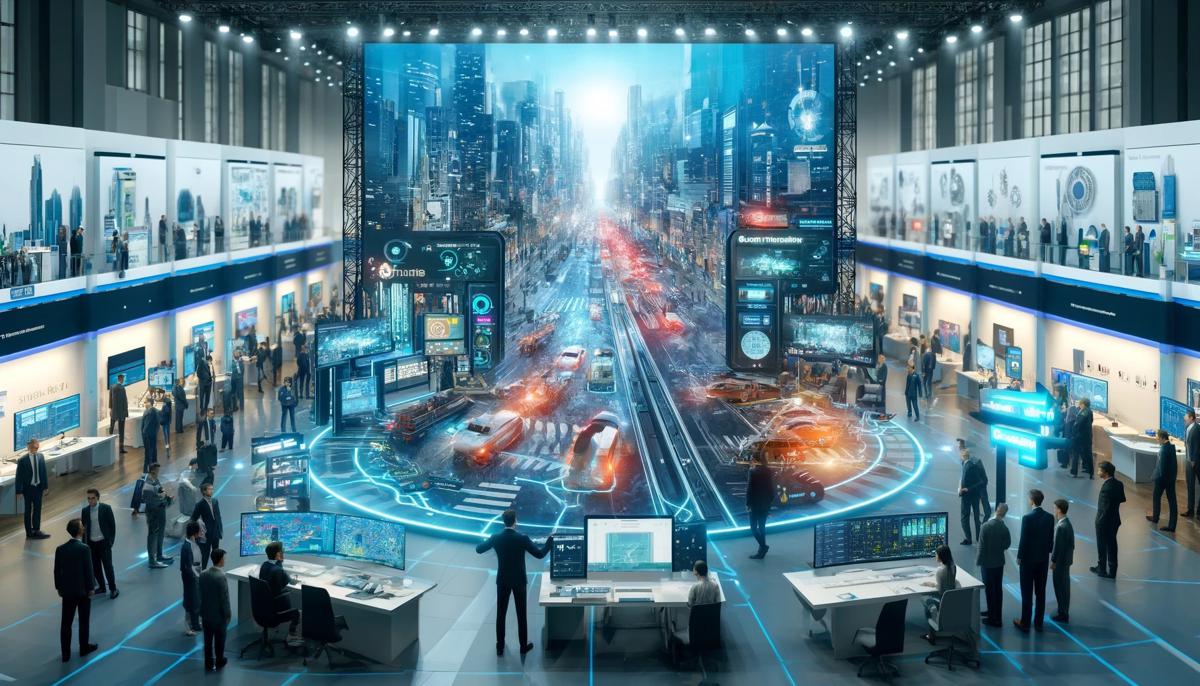Unreal Engine brings Game-quality HMI capability features for the auto industry
An ability to seamlessly integrate astonishing game-quality Human Machine Interfaces (HMI) is amongst the latest features released by Epic Games for Unreal Engine, the real-time visualisation platform now used by nine of the top ten global vehicle manufacturers.
The latest upgrades will help automotive companies develop vehicles more quickly, with increased global collaboration and increased manufacturing efficiency while also facilitating next-generation in-car communications, marketing and cloud-based services.
“The pace at which the automotive industry has become deeply committed to Unreal Engine has surprised even us,” admits Epic’s automotive lead, Doug Wolff. “It’s given us an opportunity to really understand how automotive development and retail is changing, leading to our largest ever major package of upgrades, led by automotive industry user needs.”
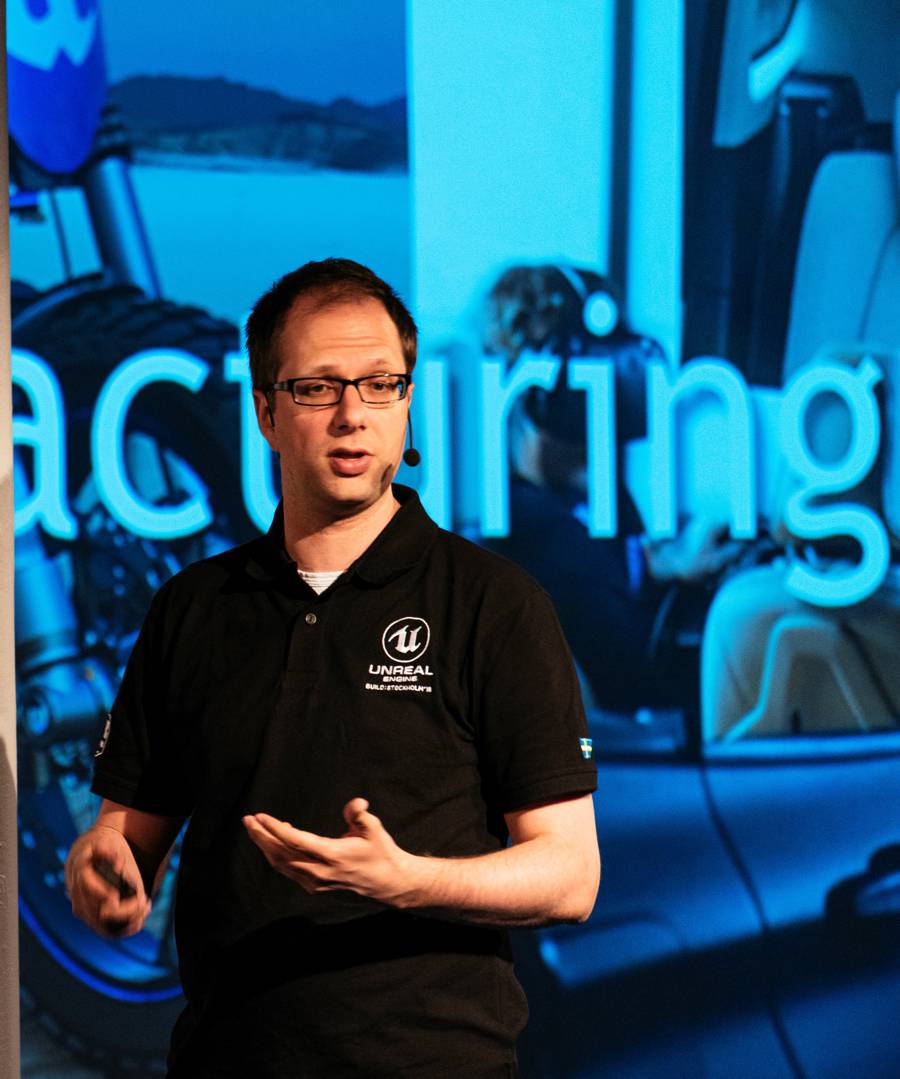
HMI Support
Unreal Engine now supports the latest-generation graphics chips that are increasingly specified for vehicle HMI, allowing fast development of in-car systems featuring high-quality 3D visuals. The first vehicle to use an HMI built using Unreal Engine will be an all-new premium EV that introduces new ways of communicating with the driver and is enabled for a new generation of cloud-based services and customisation options.
The upgraded platform also eliminates entire iterative stages of the development process, enabling designers and engineers to focus on their own specialisations. For the first time ever, HMI designers can create a rich user interface in the same software that runs on the vehicle.
The result is faster development, impressive graphics, simplified porting to cloud-based services, and less resources needed to bring this big technology step to market.
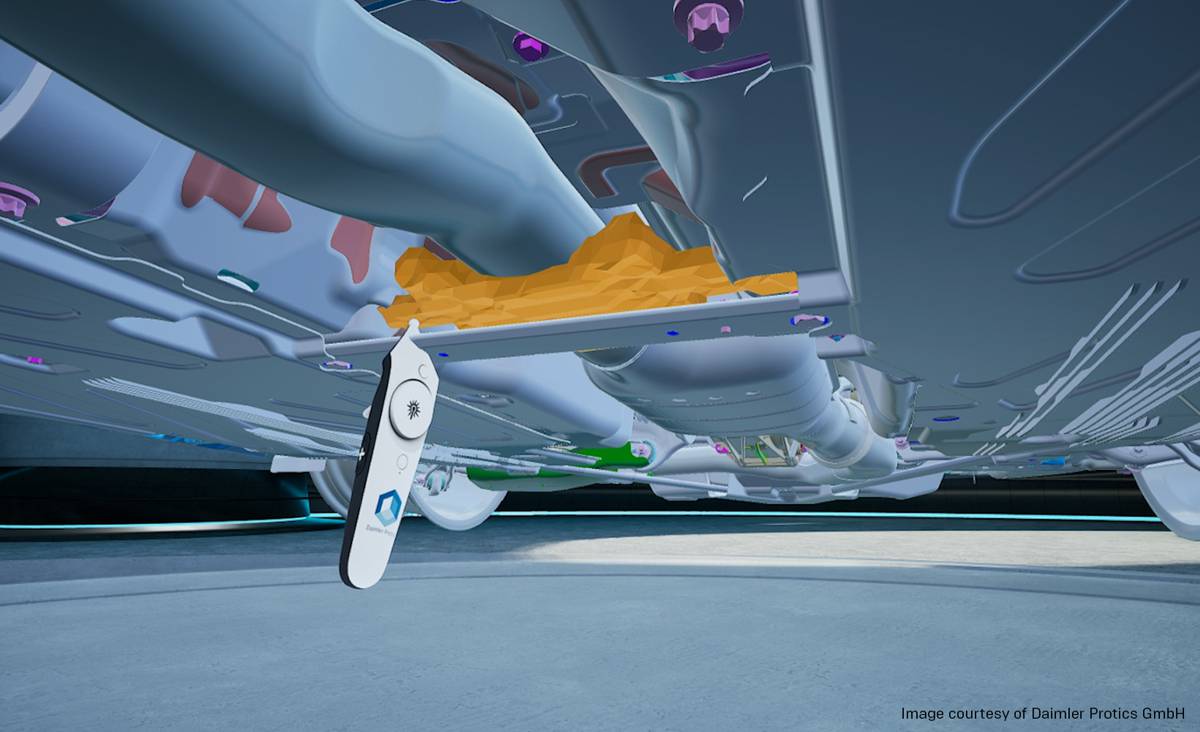
Enhanced Remote Collaboration
A German vehicle manufacturer described one of their Unreal Engine applications as “a computer game for engineers,” but delivering that capability required the resources of a team of specialist developers. The new Collaborative View Template simplifies that process, facilitating in-house development of virtual reality (VR) environments in which remote users can gather around a CAD model or a rendered styling model to discuss challenges and explore solutions. The environment is completely open, so will complement all specialist software.
Wolff says it is Epic’s commitment to an open architecture that the most progressive vehicle manufacturers are exploiting using Unreal Engine as they move towards a common digital twin of the vehicle that develops from concepting through engineering to marketing and the production of creative materials. “This becomes their ‘single source of truth, accessed through a common working environment,” he adds.
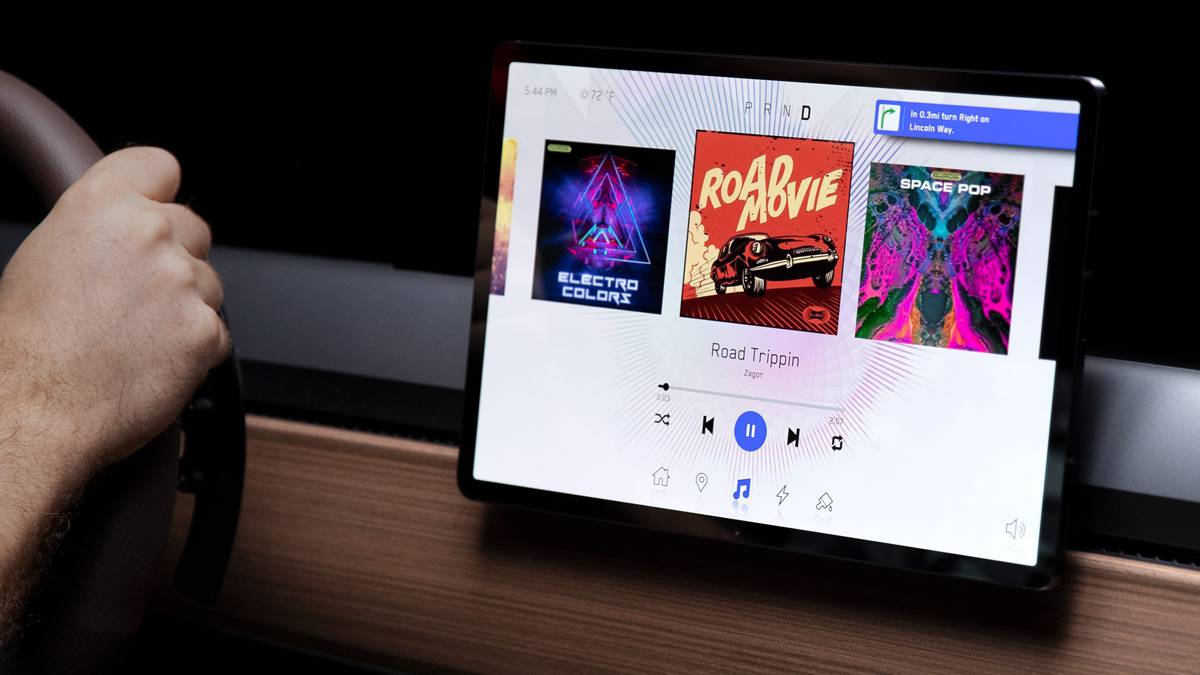
Realistic Human Avatars (MetaHumans)
One of the challenges of computer graphics has been the quality of human avatars. No longer: Epic’s new MetaHuman Creator tool provides customisable digital humans that look and move like real people, with every facial feature carefully synchronised with real expressions.
Wolff says the range of applications is surprising. “From the adults and children populating the simulations used for active safety system development through to in-car assistants and the virtual sales specialists that will be a key component of moving automotive retail online, faithful representations add quality, credibility and correlation with the real world,” he adds.
MetaHumans will also slash the time and resources required to optimise advertising films and images for each sales region, allowing geo-specific ethnicities and fashions, with age adjustments for different media. “With these latest upgrades to Unreal Engine, the feeling that an ad was made for a different market can be banished,” says Wolff. “With MetaHumans, you can digitally customise down to micro segments without significantly increasing production timescales.”
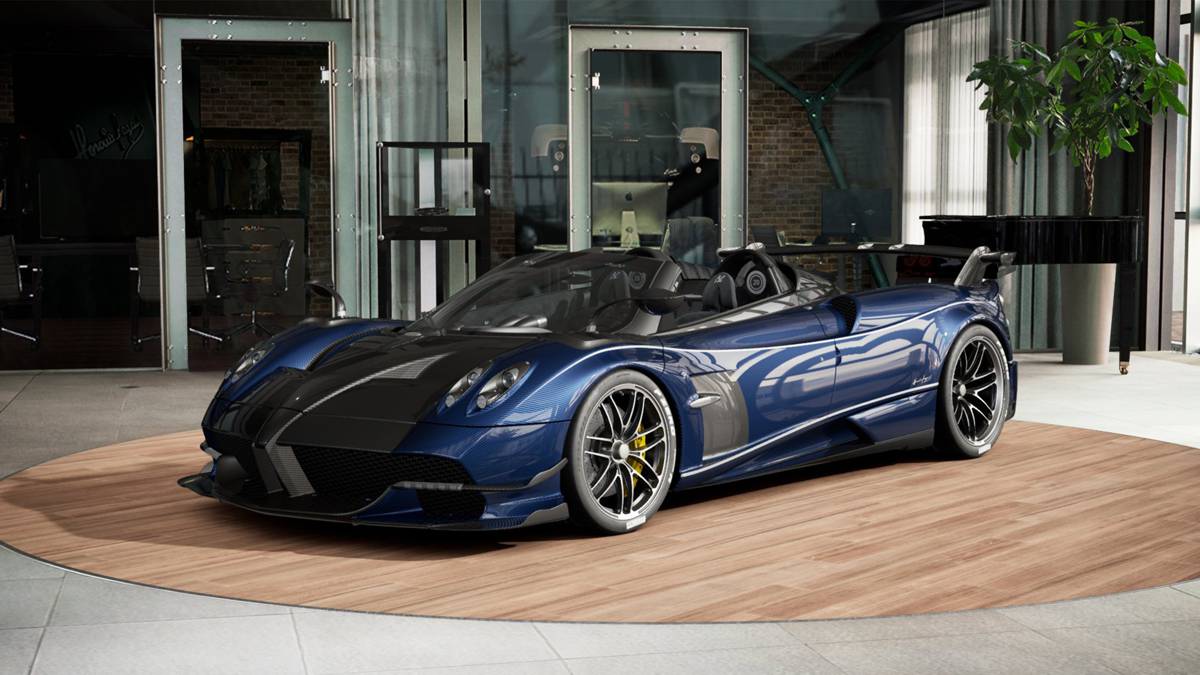
Photorealistic Rendering and Ray Tracing in Real Time
Also upgraded is Unreal Engine’s ability to create photorealistic renders (Hollywood-quality visuals). Features include best-in-class ray tracing in real time, for realistic representations of lighting and shadows, and a library of customisable materials. Again, one of the key benefits is that Unreal Engine’s industry-leading capability is also intuitive to use.
“With most visualisation solutions, the degree of realism and its fidelity with the designer’s vision is dependent on the skill of the system specialist and the time they invest,” explains Wolff. “With Unreal Engine, the engineer or designer can select materials, customise them to match their vision and then rotate the finished vehicle with the reflections being automatically matched to its orientation and even the quality of the light for different times of day, different regions or the correct vehicle interior illumination.” An example is carbon fibre: in Unreal Engine, the user can now customise the colour, the weave, even the opacity of the lacquer and the way it displays reflections.
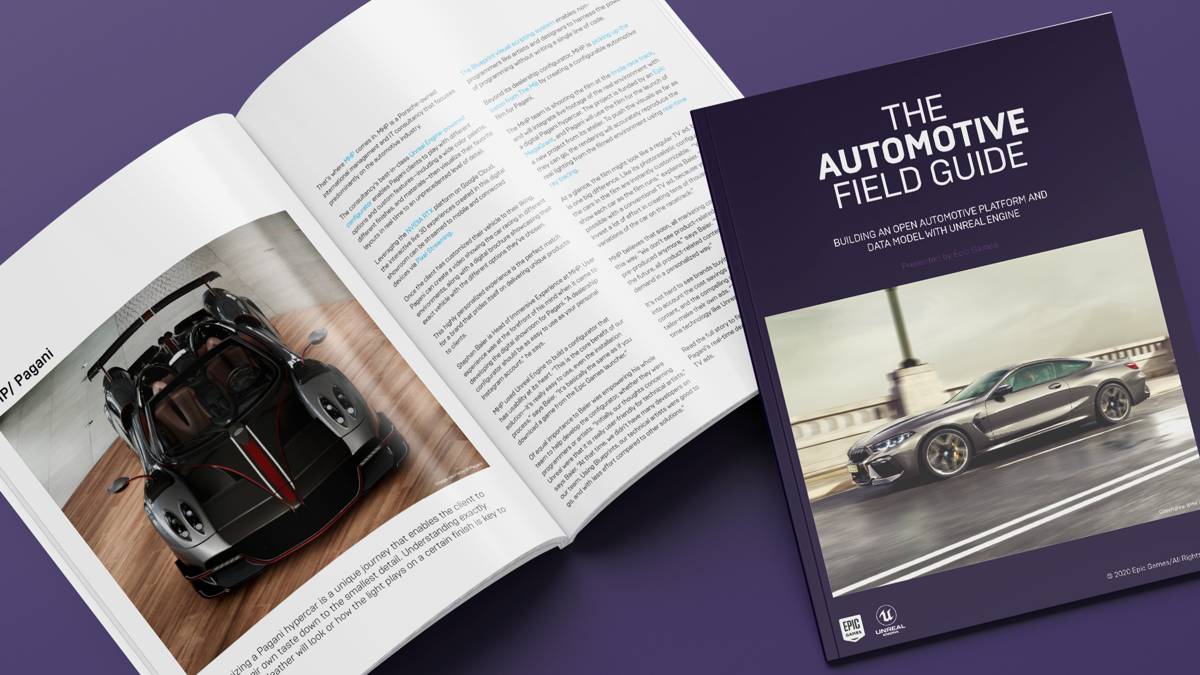
Free Field Guide
Epic Games has published a free-to-download Automotive Field Guide that takes the reader through the latest and most spectacular automotive applications of virtual reality, mixed reality, augmented reality and real-time 3D graphics, showing how each is being used to transform how cars are designed, engineered and sold.
The 108-page booklet is the most comprehensive review so far of this fascinating topic and includes case studies that take the reader behind the normally closed doors of BMW, Daimler, Geely, Scania and Toyota to show how they are using Unreal Engine.
Download the Automotive Field Guide here.




